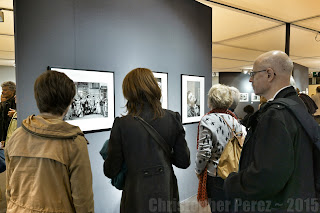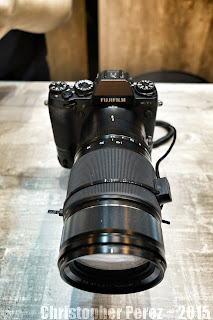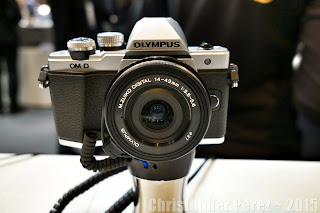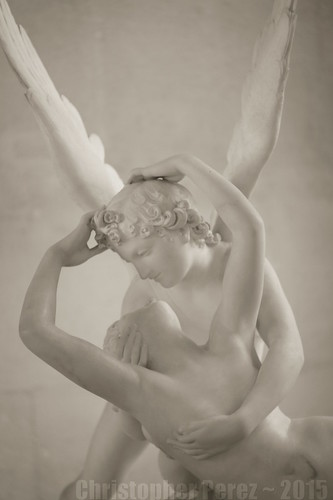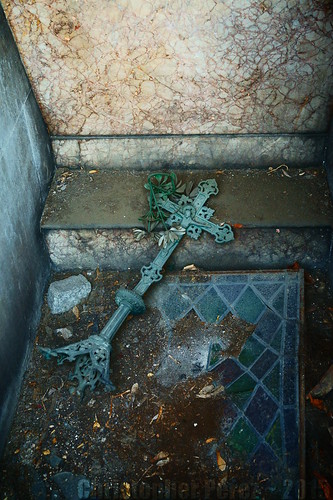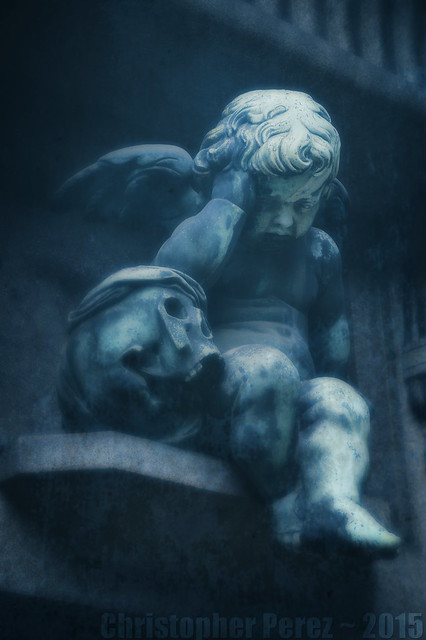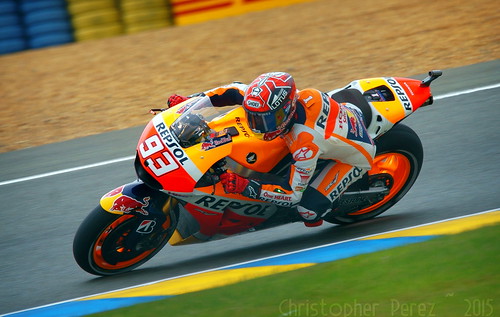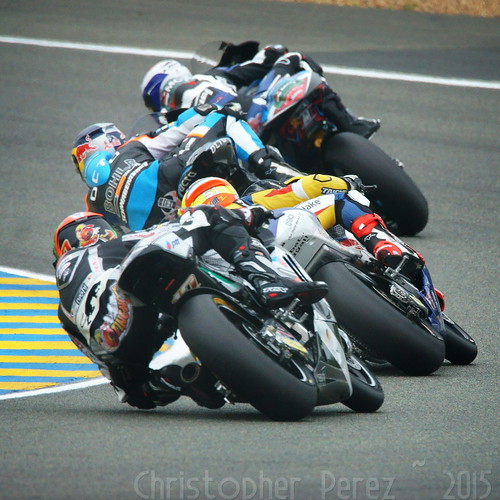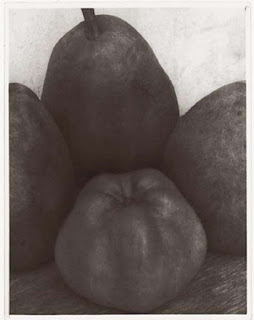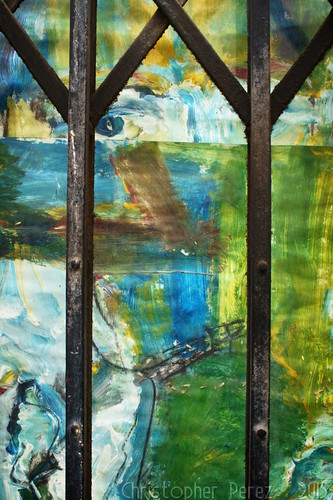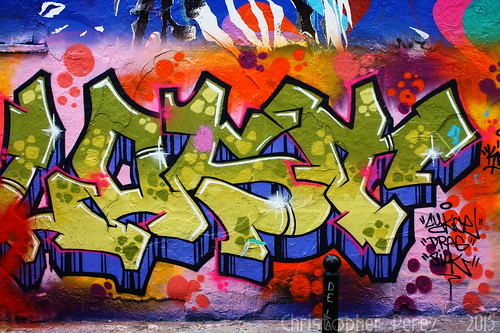I've read where the first Sony APS-C mirrorless kit lens is pretty bad. Of course I own one. It came with one of the first NEX5 cameras I bought. The other NEX5 came with a 16mm f/2.8 SEL, which is also known to be a poor optic.
After a recent comparison between the Sigma 19mm and Sony 16mm, I started to wonder whether field curvature might be the culprit behind the seemingly poor corner performance. The comparison image on my Flickr pages has recently seen a dramatic rise in viewer volume, so I'd better get this right.
In the past couple years I've acquired a Sony APS-C mirrorless that comes with software that corrects for optical performance issues (chromatic aberrations, distortions). I wanted to see if the new software could "clean up" some of the 18-55 kit lens issues, as well as to take a closer look at the Sony 16mm to see if it really is field curvature that's the source of problems for that little pancake optic.
My standard references for image quality has become the Sigma EX DN E/Art lenses. I own one of each and they are simply the finest optics I've ever owned, regardless of who's name is on the front ring. After watching a recent interview with Sigma's CEO I'm even more impressed by what they've been able to achieve in the marketplace and hope they come out with more lenses for the Sony mirrorless cameras. As a company they are certainly passionate about what they're doing and seem to understand customer desires and needs.
Comparison setup -
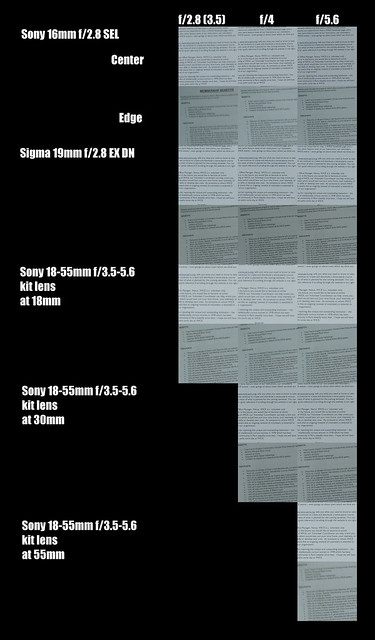
Comments -
The Sony SEL 16mm f/2.8 pancake optic I own is just OK wide open at both the center and edge. Stopping down improves the image quality to quite nearly match the Sigma 19mm f/2.8 EX DN I also own. By f/5.6 the 16mm Sony lens performs very adequately, indeed. The lesson to me is that this lens _does_ exhibit field curvature. If I'm going to photograph a wall (I don't), this is not the lens to use (the Sigma is). In the "real world", the 16mm SEL is just fine. All I need to do is to stop that thing down to f/5.6 (or f/8 - though that's not shown here) and let 'er rip.
The Sony SEL 18-55mm kit lens has rather strange performance. The center of the image is really only good at f/5.6 (and f/8 - though that's not shown here). The edges? Well, at the short end of the zoom range image cleans up pretty well, though it's not as good as the Sigma. At 55mm the lens exhibits rather unexpected softness in the extreme corners at f/5.6. It's awful, in fact, even as the center is really quite sharp.
The Sigma 19mm f/2.8 EX DN E is simply perfect. No lens from no manufacturer will show better performance at any price than this 100Euro (used mint) lens. Yes. I want more small, light, utterly sharp Sigma lenses to play with.
From working with the Sony 18-55mm kit lens for 5 years (at this point) I know I can clean up an image pretty well using a bit of smart sharpening, so it's not as bad as all this might indicate. If your goal is to make a fine image, this lens will do the job.
Still, for nearly everything I do these days in these focal length ranges, the Sigma and old manual focus Nikon lenses are my optics of choice.
After a recent comparison between the Sigma 19mm and Sony 16mm, I started to wonder whether field curvature might be the culprit behind the seemingly poor corner performance. The comparison image on my Flickr pages has recently seen a dramatic rise in viewer volume, so I'd better get this right.
In the past couple years I've acquired a Sony APS-C mirrorless that comes with software that corrects for optical performance issues (chromatic aberrations, distortions). I wanted to see if the new software could "clean up" some of the 18-55 kit lens issues, as well as to take a closer look at the Sony 16mm to see if it really is field curvature that's the source of problems for that little pancake optic.
My standard references for image quality has become the Sigma EX DN E/Art lenses. I own one of each and they are simply the finest optics I've ever owned, regardless of who's name is on the front ring. After watching a recent interview with Sigma's CEO I'm even more impressed by what they've been able to achieve in the marketplace and hope they come out with more lenses for the Sony mirrorless cameras. As a company they are certainly passionate about what they're doing and seem to understand customer desires and needs.
Comparison setup -
- Some pages out of a recent mailing form our Anglophone group taped to the bedroom wall
- Sony A6000 set to "A", 100ISO, 2second delay, +1EV
- Massive Manfrotto tripod
- Sony 16mm f/2.8 SEL - manual focused first in the center, then focused for a second photo at the extreme edge
- Sony 18-55mm f/3.5-5.6 SEL OSS (turned off due to the use of the tripod), compared at 18mm, 30mm, and 55mm




